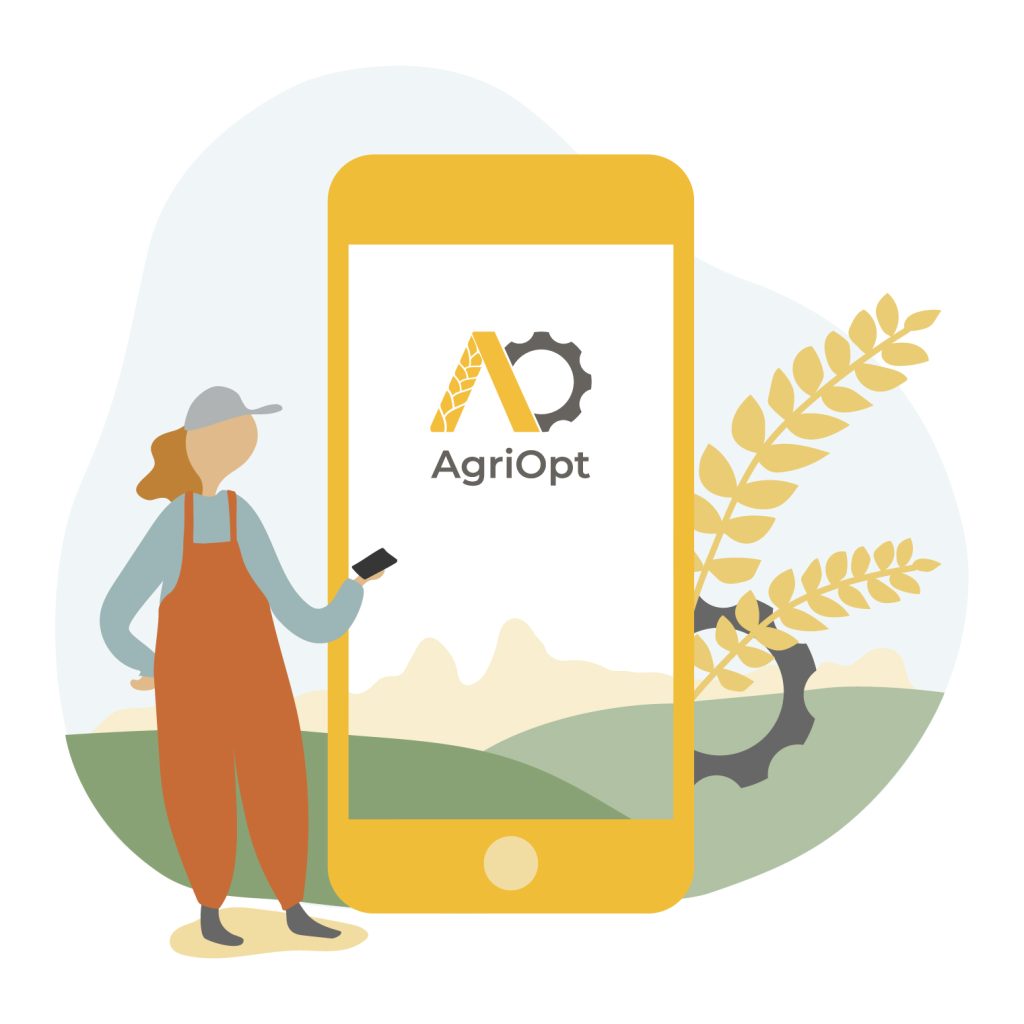What are AI assistants and how to use them, cont'd
An AI assistant can be thought of as a large AI model that has been fine-tuned and trained to solve a certain task, like answering questions or reason about problems. In this Agtech Letter we walk you through the major steps that are taken under the hood of an AI assistant to improve you understanding of the technology.
How does an AI assistant actually work?
The quick answer is that we don’t know! It has turned out that bigger models using more data that is crunched by more powerful computers have made this type of technology move from being fun but useless to very powerful and useful for many different tasks in our daily lives.
If we look at the basics of what an AI assistant is, one can think of them as systems that are really good at predict, that is making an educated guess, which word that will be the next in a sequence. Hence, as the word predict indicated, there is a randomness built in to the AI assistant that makes it possible to obtain different answers to the same question (“prompt”). As a simple example, consider the unfinished sentence “At night the moon…”. Most of us would agree that words such as “shines”, “glows”, or “is visible” are more reasonable words to come next in that sentence than “car” or “tractor”. It is the same thing for the AI assistant, it selects words with high probability and by guessing several words after one and another, new sentences can be created as an output. Similar technology is also used to create images, movies, or sounds using AI assistants.
In this Agtech Letter we walk you through important parts of the technology powering an AI assistant on a introductory level without lots of details or technical corner-cases that the developers need to consider.
Understanding the overall idea behind the technology that powers AI assistants will let you be more confindent and efficient at using them.
Basics: Train and fine-tune a huge AI model
The foundation in AI assistants is a so called large language model (LLM) that can be used to model a language and how to use it. These models have become very popular the last years and they belong to a class of AI models denoted deep learning models, which essentially is a neural network with lots and lots of parameters as we wrote about in Agtech Letter #6.
Train the AI model to find good settings for billions of levers
In Agtech Letter #7 we discussed that an AI model consists of many parameters that can be considered levers that can be adjusted to make the model fit the data well, and in the case of AI assistants and LLMs there are more than 100 billion parameters (“levers”). The process of adjusting all levers in a good way is called “training the AI model”, and when the number of parameters is this large, huge amounts of training data is needed to get a good result.
Hence, to train the LLMs large parts of all written material is used (like big chunks of the Internet and digital archives) with the goal to teach the AI model the language and written knowledge. The resulting model after training on this type of data is general in its knowledge and capabilities. For example it is probably fairly good at guessing words to produce relevant sentences that are grammatically correct, but often the sentences are not directly useful to solve any tasks.
Fine-tune the AI model to learn specific tasks
To transform the trained AI model to an AI assistant that can help out with in a good way, the AI model needs to learn how to perform certain tasks. The technical term for this is fine-tuning, and is done using more training data that is tailored to the specific task that the AI assistant should be good at. Some examples of fine-tunings are learning the AI assistant to follow instructions like a chatbot does, or to improve the knowledge of a specific business such as agriculture. By doing the fine-tuning it is possible for the AI model to behave as we expect, and to make it focus more on key information related to the task it is developed to solve.
As a final step, the AI model is usually trained using human input to both make it more human-like in the interactions, but also to correct errors that the model have after the training and fine-tuning. Once again the human is important to the success of the AI technology!
Humans have a central role to train the AI assistant to behave well in interactions and to correct errors in the training.
Key take-aways from the Agtech Letter
We have only scratched the surface on the technology that powers AI assists, but we can still draw important conclusions and summarize a few key take-aways .
The AI assistant can deliver different answers to the same question
The AI assistant is based on an AI model that is partly based on randomness and hence the answers that you get from the assistant can vary from time to time, even to the exact same prompt. This can be good to know to not be confused by the different answers, and can even be used to your benefit. By always providing a context, that is a background to your prompts, you will help the AI assistant perform the task better and by slightly varying the context you can use the randomness to explore more results from the AI assistants. Always keep in mind that the more information you provide the AI assistant, the better it will become to help you.
Be careful with the data you provide the AI assistant
Always keep in mind that for some AI assistants (especially the free versions), your data, instructions, and questions put in the prompt are used to train the LLM. Hence NEVER provide the AI assistant with sensitive data such as personal data, company secrets, or other data that you don’t what other to get hold of!
Investigate what the AI assistants is trained to do
Different AI assistants are trained for different things and for different businesses, and hence the performance of the AI assistance can vary a lot depending on what you want to use it for. If you want an AI assistant that can be used as a domain expert to discuss important topics with, then it should be trained to cover that specific domain or industry. But also the more powerful general AI assistants such as the most powerful models in ChatGPT, Gemini, or Claude might work fairly well even for more specific questions. You could rule out really bad AI assistants by prompting questions on topics that you know the answers to, and then evaluate their responses.
Agtechers' Actions
If you are about to use AI assistants in your business operations, do the work to understand and evaluate how well that specific AI assistant is solving the tasks you want to use it for. There are many design choices in the development of an AI assistant that will affect the performance and quality of the outputs from the AI assistant.
In the next Agtech Letter we will describe some of the risks with using AI assistants.


